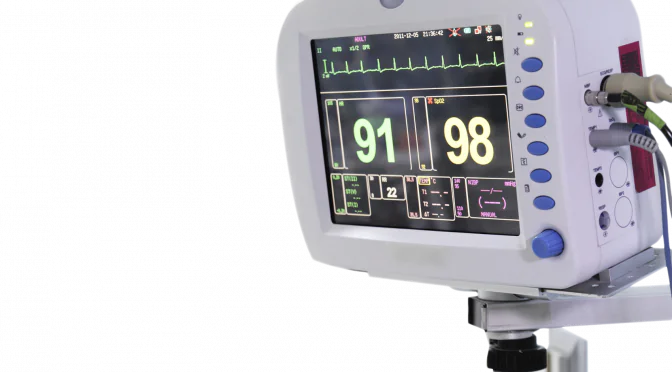Infantile spasms (IS), though a rare occurrence, is surely one of the most dreaded medical conditions for a baby and its parents. Recent reports show that in majority cases, it is a delay in diagnosis of the disorder which makes treatment even more difficult for the child. Also known as West Syndrome, IS is a severe epilepsy syndrome. Its onset is found between four to eight months of the infant. But often physicians, even neurologists, misdiagnose the symptoms of IS as normal baby movements, or gastroesophageal reflux disease.
Therapeutics for infantile spasms
When it comes to drugs for infantile spasms, our researchers have found that the market is still evolving. Lack of awareness, along with a delay in diagnosis are the two major reasons behind this huge gap in demand-supply of IS therapeutics. In the Assessment of Symptoms and Specialists in Infantile Spasms Treatment (ASSIST) Trial, researchers found that none–English-speaking parents experienced a longer delay in diagnosis. Also, unavailability of approved therapies in many middle and low-income countries explains the minimal demand for IS drugs.
Even though at present there is no cure for IS, its therapeutics can be divided into two segments:
- Solid – in the form of tablets, capsules, and powder
- Liquid – in the form of solutions, emulsions, and suspensions
According to our research, Vigabatrin and H.P. Acthar Gel are the only two approved and marketed drugs available in the market at present. But as these drugs are quite expensive and not highly effective, researchers are constantly working on better drugs to treat IS. For instance, Catalyst Pharmaceuticals, INSYS Therapeutics, and Anavex Life Sciences have already come up with IS drugs are waiting for it to get approved.
Another positive development in the IS therapeutics market is advancements in the diagnostics market. Brain scans and EEG play a very critical role in the diagnosis of the IS. And with the emergence of 2D, 3D, and 4D equipment in medical imaging, physicians can now get an accurate real-time visualization of anatomy. Improved diagnostics is good news, given that in most cases either late diagnosis or wrong diagnosis is the major reason for delayed treatment.
Role of hormonal therapy in curing IS
Results from the International Collaborative Infantile Spasms Study (ICISS) show that a combination of hormonal therapy and vigabatrin is quite effective in stopping the spasms. The clinical diagnosis was made on infants aged 2 to 14 months, and the outcome showed a decrease in the risk of development impairment as well. This finding is seen as a breakthrough in the treatment of IS. The results also call for further research to address issues like the incidence of relapse rate, next-line therapy for non-responders, other related questions.
Even though industry analysts have welcomed the results from ICISS, they believe that growing use of seizure management devices is a threat to drug therapies. Vagus nerve stimulation (VNS) therapy system is one such example. Usually referred to as the pacemaker of the brain, the VNS therapy device prevents the development of seizures by sending regular, mild pulses of electrical energy through the vagus nerve to the brain.
To know more about infantile spasms therapeutics
Order the 2017-2021 Report on Global Infantile Therapeutics Market



